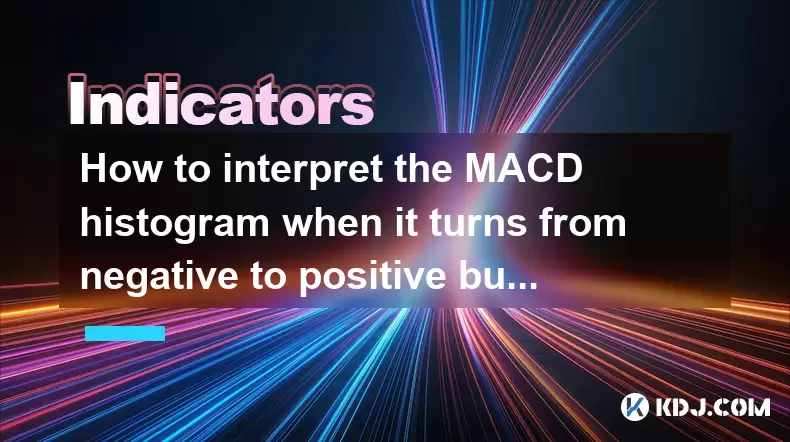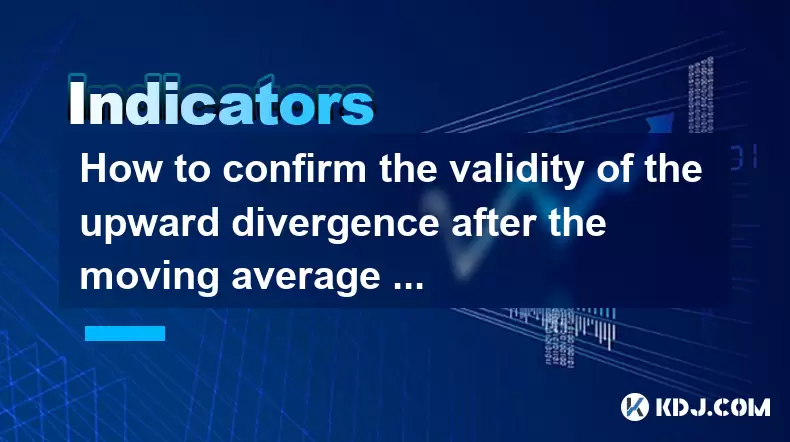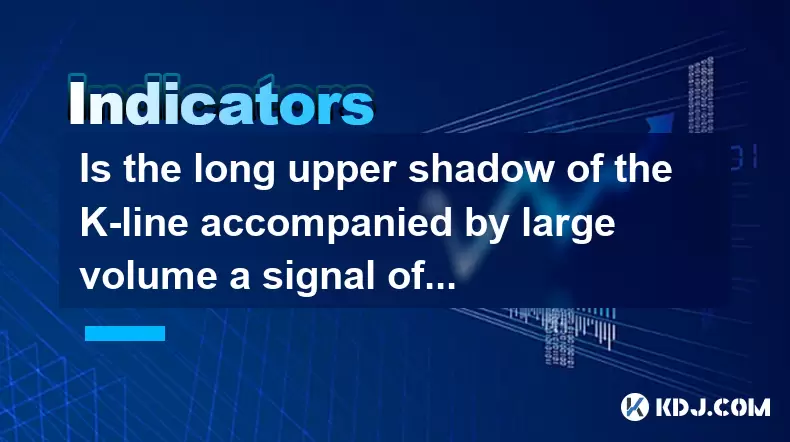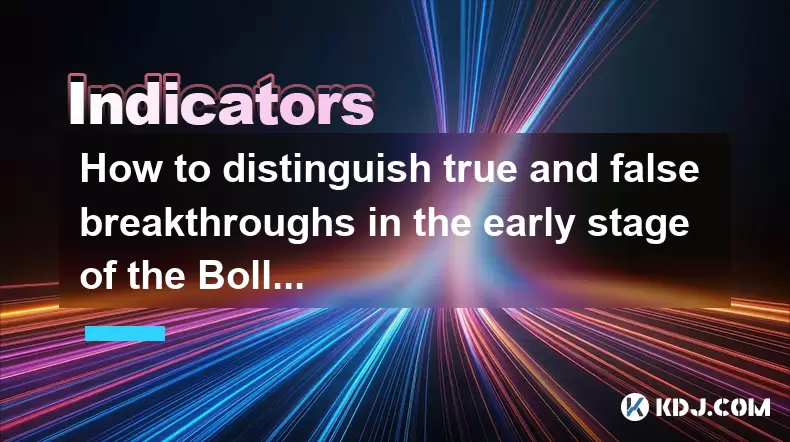-
 Bitcoin
Bitcoin $106,754.6083
1.33% -
 Ethereum
Ethereum $2,625.8249
3.80% -
 Tether USDt
Tether USDt $1.0001
-0.03% -
 XRP
XRP $2.1891
1.67% -
 BNB
BNB $654.5220
0.66% -
 Solana
Solana $156.9428
7.28% -
 USDC
USDC $0.9998
0.00% -
 Dogecoin
Dogecoin $0.1780
1.14% -
 TRON
TRON $0.2706
-0.16% -
 Cardano
Cardano $0.6470
2.77% -
 Hyperliquid
Hyperliquid $44.6467
10.24% -
 Sui
Sui $3.1128
3.86% -
 Bitcoin Cash
Bitcoin Cash $455.7646
3.00% -
 Chainlink
Chainlink $13.6858
4.08% -
 UNUS SED LEO
UNUS SED LEO $9.2682
0.21% -
 Avalanche
Avalanche $19.7433
3.79% -
 Stellar
Stellar $0.2616
1.64% -
 Toncoin
Toncoin $3.0222
2.19% -
 Shiba Inu
Shiba Inu $0.0...01220
1.49% -
 Hedera
Hedera $0.1580
2.75% -
 Litecoin
Litecoin $87.4964
2.29% -
 Polkadot
Polkadot $3.8958
3.05% -
 Ethena USDe
Ethena USDe $1.0000
-0.04% -
 Monero
Monero $317.2263
0.26% -
 Bitget Token
Bitget Token $4.5985
1.68% -
 Dai
Dai $0.9999
0.00% -
 Pepe
Pepe $0.0...01140
2.44% -
 Uniswap
Uniswap $7.6065
5.29% -
 Pi
Pi $0.6042
-2.00% -
 Aave
Aave $289.6343
6.02%
How to interpret the MACD histogram when it turns from negative to positive but the amplitude is not large?
A positive MACD histogram in crypto suggests weakening bearish momentum, but small amplitude bars indicate uncertain or weak bullish conviction.
Jun 18, 2025 at 08:28 pm

Understanding the MACD Histogram Basics
The MACD histogram is a visual representation of the difference between the Moving Average Convergence Divergence (MACD) line and its signal line. It provides traders with insights into momentum shifts in price movements. When the histogram is above zero, it indicates that the MACD line is above the signal line, suggesting bullish momentum. Conversely, when it is below zero, the MACD line is beneath the signal line, signaling bearish momentum.
In cryptocurrency trading, where volatility can be high and trends shift rapidly, understanding the nuances of the MACD histogram becomes crucial. A transition from negative to positive values on the histogram often signals a potential reversal in trend direction.
Important: The histogram turning from negative to positive doesn't automatically mean a strong uptrend is forming—it merely suggests that downward momentum may be weakening.
Interpreting the Transition: From Negative to Positive
When the MACD histogram crosses from negative to positive territory, it reflects a shift in momentum from selling pressure to buying pressure. This crossover typically precedes or coincides with a MACD line crossing above the signal line, which is often used as a buy signal by traders.
However, if the amplitude of the histogram bars remains small, this indicates that the change in momentum is not particularly strong. In such cases, the histogram might only briefly dip into positive territory before retreating back below zero, suggesting a false signal or weak bullish sentiment.
- Observe the duration: How long does the histogram stay above zero?
- Analyze accompanying volume: Is there an increase in volume during the transition?
- Check for confluence: Are other indicators like RSI or moving averages supporting the move?
The Significance of Amplitude in the Histogram Bars
The amplitude of the histogram bars represents the strength of the momentum shift. When the histogram turns positive but the bars are short, it means that while buyers are gaining some control, their dominance is limited. This could suggest a consolidation phase rather than a clear directional move.
For example, if Bitcoin’s MACD histogram turns positive with very small bars, it might indicate that bears are no longer in full control, but bulls haven’t yet taken charge either. Such a scenario often occurs after extended downtrends, where market participants are uncertain about the next move.
Tip: Combine this observation with support/resistance levels or Fibonacci retracements to determine whether the move has enough conviction to continue.
How to Use This Signal in Cryptocurrency Trading
Traders who rely on technical analysis in crypto markets often look for MACD histogram reversals as early signs of trend changes. However, acting solely on a histogram turning positive can lead to premature entries, especially when the amplitude is low.
Here's how to approach such a situation:
- Wait for confirmation: Let the histogram remain above zero for at least two consecutive periods before considering a position.
- Use candlestick patterns: Look for bullish candlesticks like hammers or engulfing patterns near key support zones.
- Combine with other tools: Overlay Bollinger Bands or volume indicators to filter out weak signals.
This cautious approach helps avoid whipsaw trades, which are common in highly volatile crypto assets like Ethereum or Solana.
Common Pitfalls to Avoid
One of the biggest mistakes traders make is treating every histogram crossover as a trade setup. Especially in sideways or choppy markets, these transitions can occur frequently without leading to meaningful moves.
Another pitfall is ignoring the broader context of the market. For instance, a histogram turning positive during a strong bearish trend across multiple timeframes may not hold much weight unless accompanied by significant fundamental or macroeconomic developments.
- Avoid overtrading: Not every histogram shift warrants a trade.
- Respect timeframes: What looks promising on a 1-hour chart may contradict the daily trend.
- Don’t ignore news events: Market-moving announcements can distort technical signals temporarily.
Frequently Asked Questions
What does it mean if the MACD histogram turns positive but then immediately drops back below zero?
This pattern often signals a failed attempt at a bullish reversal. It suggests that although buying pressure briefly emerged, sellers quickly regained control. Traders should treat this as a sign of weakness rather than strength.
Can the MACD histogram be used alone to make trading decisions in crypto?
While the histogram is a useful tool, relying solely on it can lead to false signals. It's best used in conjunction with other technical indicators and price action analysis to improve accuracy.
Is a small positive amplitude in the histogram more reliable on higher timeframes?
Higher timeframes tend to produce more reliable signals due to reduced noise. A small positive amplitude on the daily or weekly chart carries more weight than one seen on a 15-minute chart.
Should I close my short position if the MACD histogram turns slightly positive?
Not necessarily. A slight positive shift without strong follow-through may not invalidate a larger downtrend. Evaluate the broader trend and consider partial exits or adjusting stop losses instead of closing the entire position immediately.
Disclaimer:info@kdj.com
The information provided is not trading advice. kdj.com does not assume any responsibility for any investments made based on the information provided in this article. Cryptocurrencies are highly volatile and it is highly recommended that you invest with caution after thorough research!
If you believe that the content used on this website infringes your copyright, please contact us immediately (info@kdj.com) and we will delete it promptly.
- Staked Ether, Corporate Crypto, and Finance Adoption: A New York Minute
- 2025-06-21 02:45:13
- Pendle, DeFi, and the SEC: A New York Minute on Crypto's Crossroads
- 2025-06-21 02:25:13
- Reddit, Worldcoin, and Iris Scanning: A New Era of User Verification?
- 2025-06-21 02:45:13
- Investor Funds, Bitcoin, and Buying Tricks: Navigating the Crypto Landscape
- 2025-06-21 02:50:12
- TikTok, Trump, and a $300 Million Crypto Bribe? What's the Deal?
- 2025-06-21 03:10:57
- Pi Network's Open Mainnet: Hype or Hope for a Decentralized Future?
- 2025-06-21 03:25:12
Related knowledge

Does the sudden contraction of ATR indicate the end of the trend?
Jun 20,2025 at 11:14pm
Understanding ATR and Its Role in Technical AnalysisThe Average True Range (ATR) is a technical indicator used to measure market volatility. Developed by J. Welles Wilder, ATR calculates the average range of price movement over a specified period, typically 14 periods. It does not indicate direction—only volatility. Traders use ATR to gauge how much an ...

Is the trend continuation when the Williams indicator is oversold but there is no rebound?
Jun 20,2025 at 11:42pm
Understanding the Williams %R IndicatorThe Williams %R indicator, also known as the Williams Percent Range, is a momentum oscillator used in technical analysis to identify overbought and oversold levels in price movements. It typically ranges from 0 to -100, where values above -20 are considered overbought and values below -80 are considered oversold. T...

Is the golden cross of the ROC indicator below the zero axis effective?
Jun 20,2025 at 09:42pm
Understanding the ROC Indicator and Its Role in Cryptocurrency TradingThe Rate of Change (ROC) indicator is a momentum oscillator widely used by traders to assess the speed at which cryptocurrency prices are changing. It measures the percentage difference between the current price and the price from a certain number of periods ago. The ROC helps identif...

How to confirm the validity of the upward divergence after the moving average sticks together?
Jun 21,2025 at 01:36am
Understanding the Basics of Moving Averages and DivergenceIn technical analysis, moving averages are crucial tools used to smooth out price data over a specified time period. When multiple moving averages converge or 'stick together,' it often indicates a consolidation phase in the market. This phenomenon can be a precursor to significant price movement...

Is the long upper shadow of the K-line accompanied by large volume a signal of peaking?
Jun 21,2025 at 12:28am
Understanding the Long Upper Shadow K-LineThe long upper shadow of a K-line is a common candlestick pattern that often appears during price action analysis. It consists of a small real body with a long upper wick, indicating that the price rose significantly during the period but was ultimately rejected and closed lower than its high. This pattern can s...

How to distinguish true and false breakthroughs in the early stage of the Bollinger Band opening?
Jun 20,2025 at 10:35pm
Understanding the Bollinger Band StructureBollinger Bands consist of three lines: a simple moving average (SMA) in the middle, and two outer bands that are standard deviations away from the SMA. These bands expand and contract based on market volatility. When the bands begin to widen, it often signals an increase in price volatility, which traders inter...

Does the sudden contraction of ATR indicate the end of the trend?
Jun 20,2025 at 11:14pm
Understanding ATR and Its Role in Technical AnalysisThe Average True Range (ATR) is a technical indicator used to measure market volatility. Developed by J. Welles Wilder, ATR calculates the average range of price movement over a specified period, typically 14 periods. It does not indicate direction—only volatility. Traders use ATR to gauge how much an ...

Is the trend continuation when the Williams indicator is oversold but there is no rebound?
Jun 20,2025 at 11:42pm
Understanding the Williams %R IndicatorThe Williams %R indicator, also known as the Williams Percent Range, is a momentum oscillator used in technical analysis to identify overbought and oversold levels in price movements. It typically ranges from 0 to -100, where values above -20 are considered overbought and values below -80 are considered oversold. T...

Is the golden cross of the ROC indicator below the zero axis effective?
Jun 20,2025 at 09:42pm
Understanding the ROC Indicator and Its Role in Cryptocurrency TradingThe Rate of Change (ROC) indicator is a momentum oscillator widely used by traders to assess the speed at which cryptocurrency prices are changing. It measures the percentage difference between the current price and the price from a certain number of periods ago. The ROC helps identif...

How to confirm the validity of the upward divergence after the moving average sticks together?
Jun 21,2025 at 01:36am
Understanding the Basics of Moving Averages and DivergenceIn technical analysis, moving averages are crucial tools used to smooth out price data over a specified time period. When multiple moving averages converge or 'stick together,' it often indicates a consolidation phase in the market. This phenomenon can be a precursor to significant price movement...

Is the long upper shadow of the K-line accompanied by large volume a signal of peaking?
Jun 21,2025 at 12:28am
Understanding the Long Upper Shadow K-LineThe long upper shadow of a K-line is a common candlestick pattern that often appears during price action analysis. It consists of a small real body with a long upper wick, indicating that the price rose significantly during the period but was ultimately rejected and closed lower than its high. This pattern can s...

How to distinguish true and false breakthroughs in the early stage of the Bollinger Band opening?
Jun 20,2025 at 10:35pm
Understanding the Bollinger Band StructureBollinger Bands consist of three lines: a simple moving average (SMA) in the middle, and two outer bands that are standard deviations away from the SMA. These bands expand and contract based on market volatility. When the bands begin to widen, it often signals an increase in price volatility, which traders inter...
See all articles

























































































